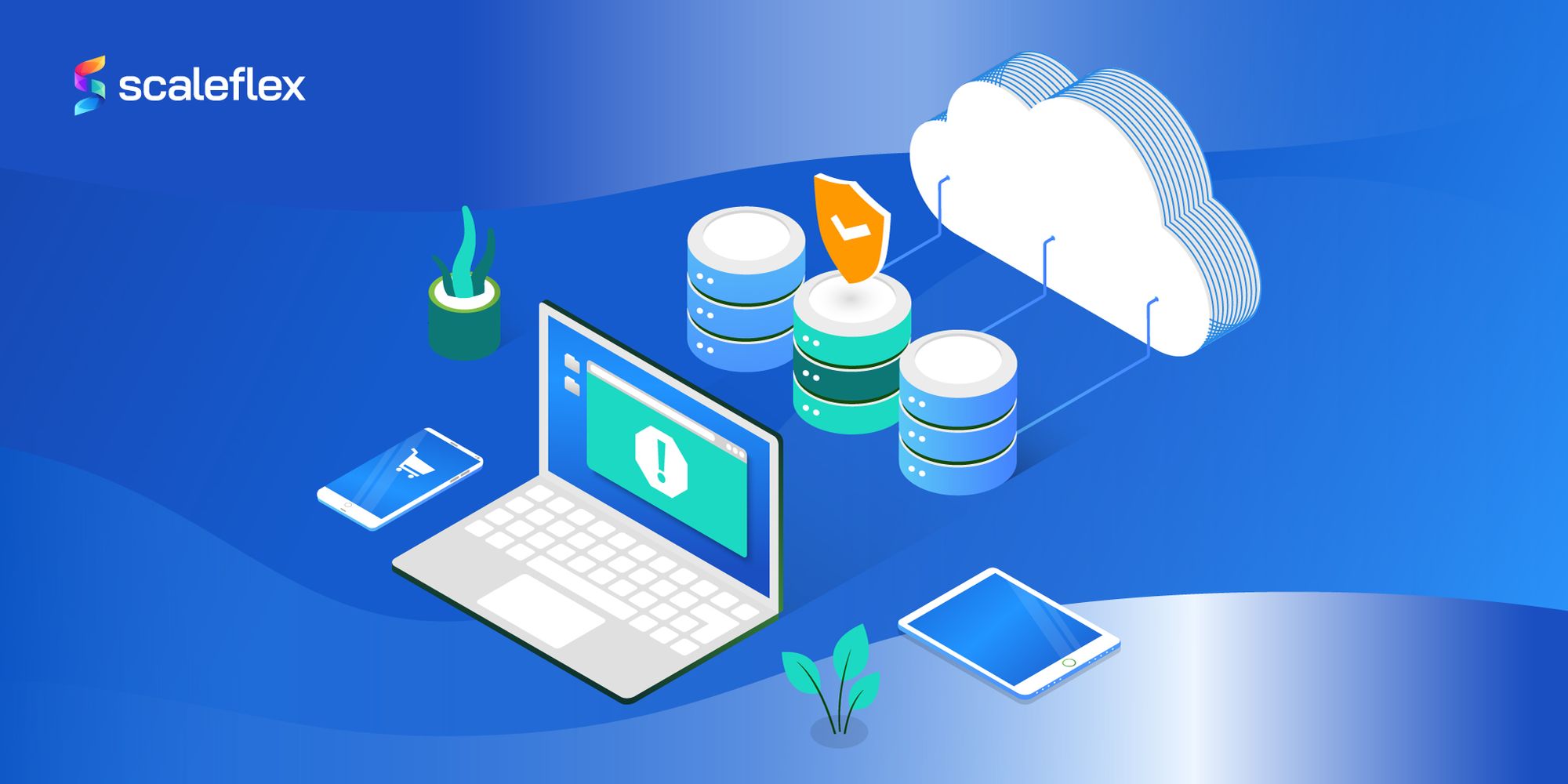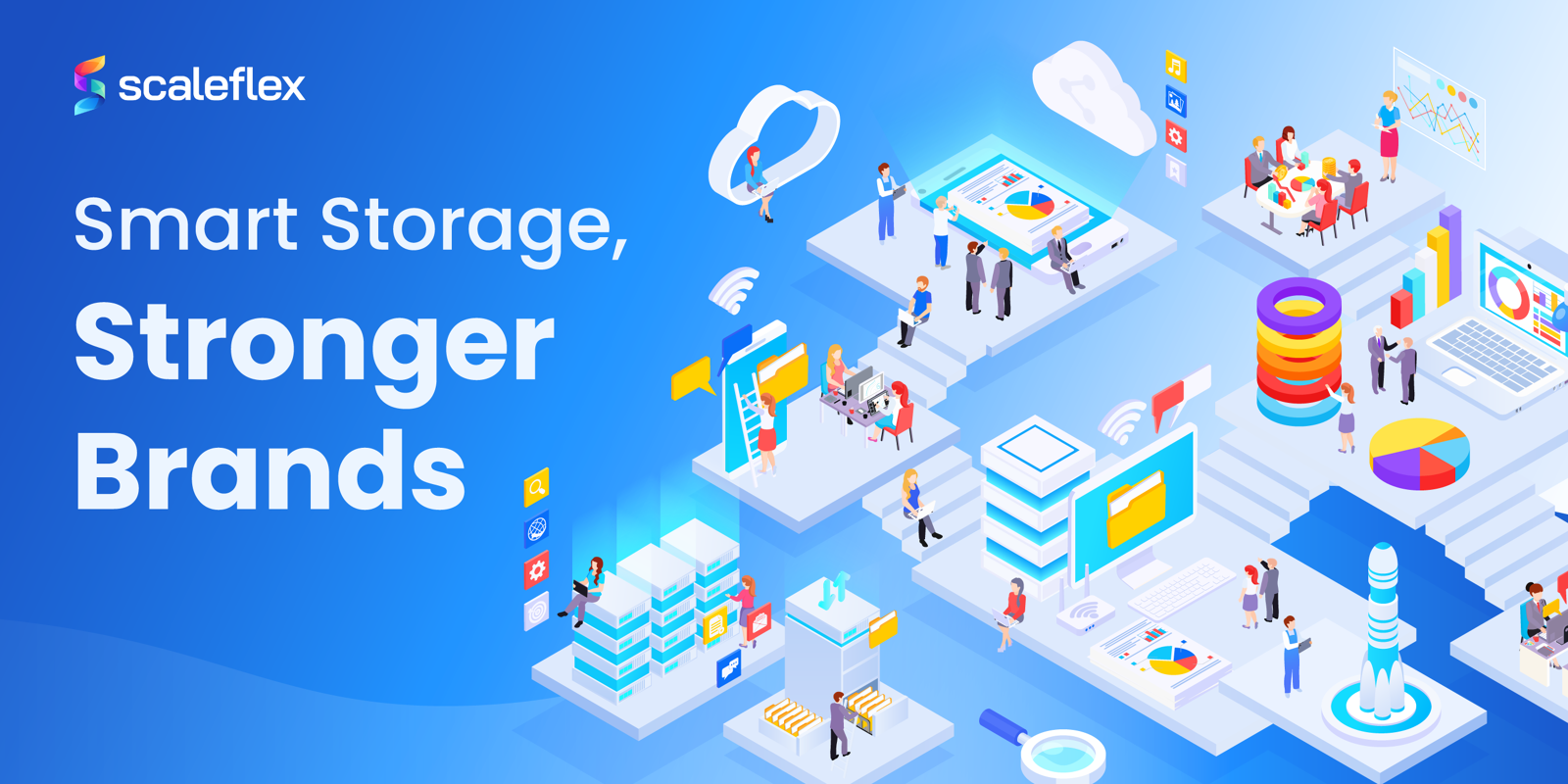Digital Sobriety: Conscious Digitalization And The Role Of Enterprises
Digital sobriety is the conscious effort to reduce digital consumption in order to minimize its environmental impact, as well as improve productivity. While it’s certainly the case that the internet and digital technologies have transformed modern life, they do come at a cost: the data that we generate, store and transmit requires vast amounts of energy that can lead to digital intoxication. This means that data centers, streaming services and cloud storage consume electricity at an alarming rate, which significantly contributes to carbon emissions. Although digital activities are perceived as intangible, their environmental footprint is very real.
Going beyond the ecological concerns, excessive digital consumption can also affect workers productivity and overall wellbeing. Constant notifications, going back and forth between multiple tools, and digital overload can reduce concentration, increase friction and stress. Employees thus struggle with focus and effectiveness in a world of digital mazes and constant interruptions, which leads to inefficiency and mental fatigue.
That is why, now more than ever, digital frugality is relevant. Our reliance on digital tools continues to grow, and with climate change concerns intensifying and our workplace productivity declining, we have to rethink how we utilize our digital resources. Certain simple actions - limiting unnecessary cloud storage, optimizing web services, managing screen time - are enough to significantly enact carbon footprint reduction and improve our focus and well-being. We must understand that implementing digital sobriety is more than an individual choice: it’s a necessary step toward a more sustainable and balanced digital future.
The environmental impact of digital consumption
The internet may be intangible, but its environmental impact is massive. Every single email sent, video streamed and file stored in the cloud relies on a physical infrastructure. These are primarily data centers that house thousands of servers running 24/7, which requires enormous amounts of electricity, both for the computing power and the cooling systems. Following estimates, data centers account for almost 1% of global electricity consumption, and the demand continues to rise.
Another major contributor to this environmental tool are streaming services. Platforms such as Netflix, YouTube and Spotify process and deliver huge amounts of video and audio content, a process that consumes energy at every stage. High-definition video streaming is specially resource-intensive: it requires large data transfers through networks into user devices. Streaming a single hour of HD video can generate several hundred grams of CO₂ emissions. Now multiply this by billions of users worldwide.
Lastly, cloud storage adds to this footprint. Although it may seem convenient, cloud services encourage massive data hoarding: unused files, emails and backups sit in servers indefinitely. This persistent data storage continues to consume energy, even when the files are not actively being used.
Our overall digital activity is estimated to contribute 3-4% of global CO₂ emissions - this is exceeding those of the aviation industry. As our digital consumption continues to grow, so does the environmental impact. While efficiency improvements definitely help, the goal is to enact a shift towards more sustainable IT solutions. Managing storage, optimizing media, and using digital tools more efficiently are some small but very meaningful steps we can take toward a more sustainable digital world.
Strategies to practice digital sobriety
As we have seen, companies generate and store vast amounts of digital content, and much of it remains unused and redundant. Having a strategic approach to digital frugality can significantly reduce the energetic consumption as well as environmental impact. One of the most effective steps to be taken is optimizing or reducing cloud storage. Instead of keeping unnecessary backups, outdated files and duplicate assets, businesses should implement automated data lifecycle management policies.
Another key practice is reducing the weight of our websites and digital platforms. Many corporate websites and online platforms are overloaded with high-resolution images, auto-playing videos and complex scripts that increase data transfers as well as processing needs. The solution can be optimizing media formats, compressing files and using efficient coding practices that can drastically cut down bandwidth usage and server loads, not only reducing CO₂ emissions but also improving website performance and user experience. Dedicated solutions such as Digital Media Optimization tools can automatically take care of these steps, rendering them manageable and accessible for most companies.
Companies managing large volumes of digital content will find that efficient Digital Asset Management systems can play a crucial role in their productivity and sustainability efforts. A well-structured DAM can ensure that assets are easy to find, they prevent unnecessary duplication and reduce storage waste. Implementing metadata strategies and AI-driven asset tagging can even further optimize storage and prevent the uncontrolled growth of digital libraries.
In embracing digital sobriety, enterprises can not only reduce their environmental footprint but also streamline workflows and cut unnecessary, costly tools. This makes for a leaner, more efficient digital ecosystem that benefits both the planet and business operations.

Tools and technology for a greener digital life
There are tools available to help companies implement digital sobriety and reduce their environmental impact. One of the most impactful changes that can be made is the switch to a sustainable hosting provider. Traditional data centers rely on fossil fuels, whereas green hosting companies will use renewable energy, efficient cooling systems, and carbon footprint reduction programs.
Another essential practice to implement is the decluttering of digital tools. Most companies use an excessive number of software applications, cloud services and communication tools, which leads to unnecessary data generation and storage. Consolidating tools - like for instance using a single collaborative platform instead of multiple, fragmented apps - will reduce redundancy as well as server load. Carrying out regular audits of SaaS subscriptions and internal software can ensure that only the essential tools are retained, thus preventing waste.
Once again, content-heavy businesses will benefit from DAM systems that propose automated archiving and intelligent tagging to help streamline storage. This ensures that only relevant, high-value assets are kept accessible. Furthermore, adopting low-energy search engines, static website generators, and lightweight CMS platforms can also contribute to a more sustainable digital strategy.
Through the integration of these technologies, companies will be able to optimize their digital infrastructure, lowering both costs and environmental impact.
Key Takeaways
Nowadays, digital sustainability is more than just a personal choice - it’s a necessity for companies that aim to reduce their environmental impact, optimize their digital operations and put a stop to digital intoxication. Due to the ever-growing demand for cloud storage, streaming and digital tools, there is a very high energy cost being paid, which contributes significantly to global CO₂ emissions. Through the implementation of sustainable hosting, data management strategies and lightweight digital platforms, businesses can reduce unnecessary consumption, while maintaining efficiency. Web performance calculators can help you gauge your level of emissions and recommend approaches to reduce it.
Having a structured approach to content and asset management can prevent digital clutter, reduce storage needs and cut energy waste. Decluttering digital tools, consolidating software and optimizing websites can not just support sustainability efforts but also improve performance and cost-effectiveness.
Making the shift toward greener digital practices doesn’t require drastic changes - just small intentional actions that have a meaningful impact. It’s incumbent upon businesses to become more conscious of their digital footprint, and strive to contribute to a more sustainable future while fostering productivity and efficiency in their operations.





